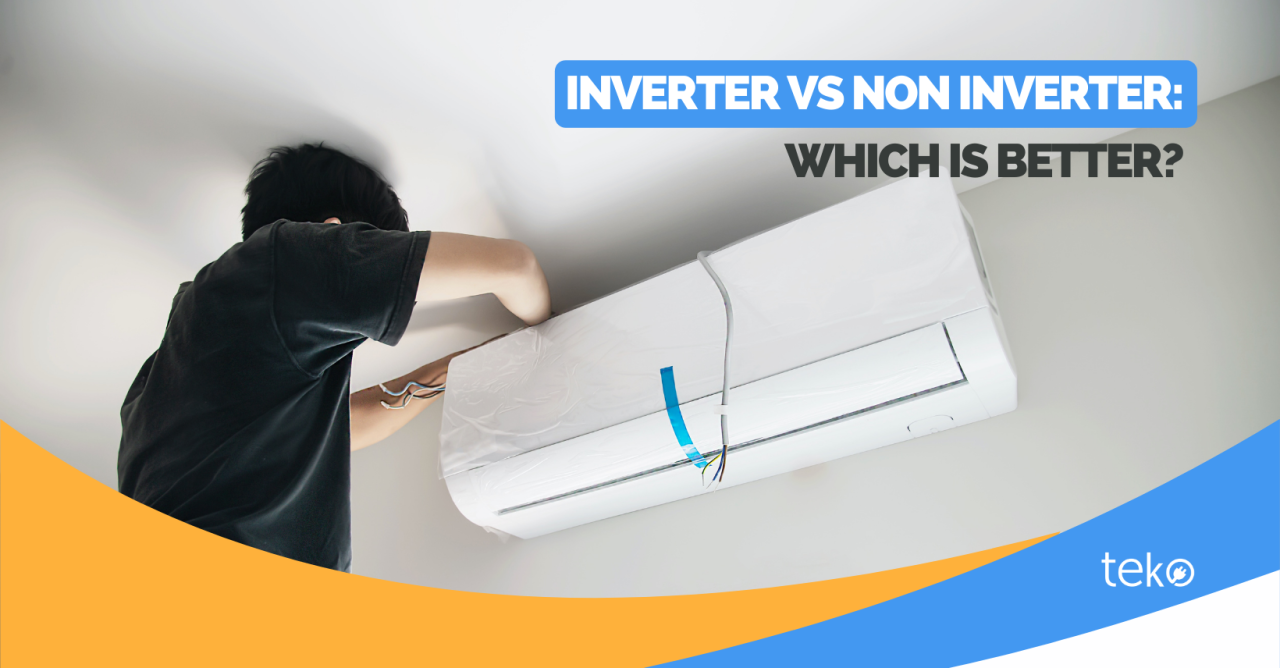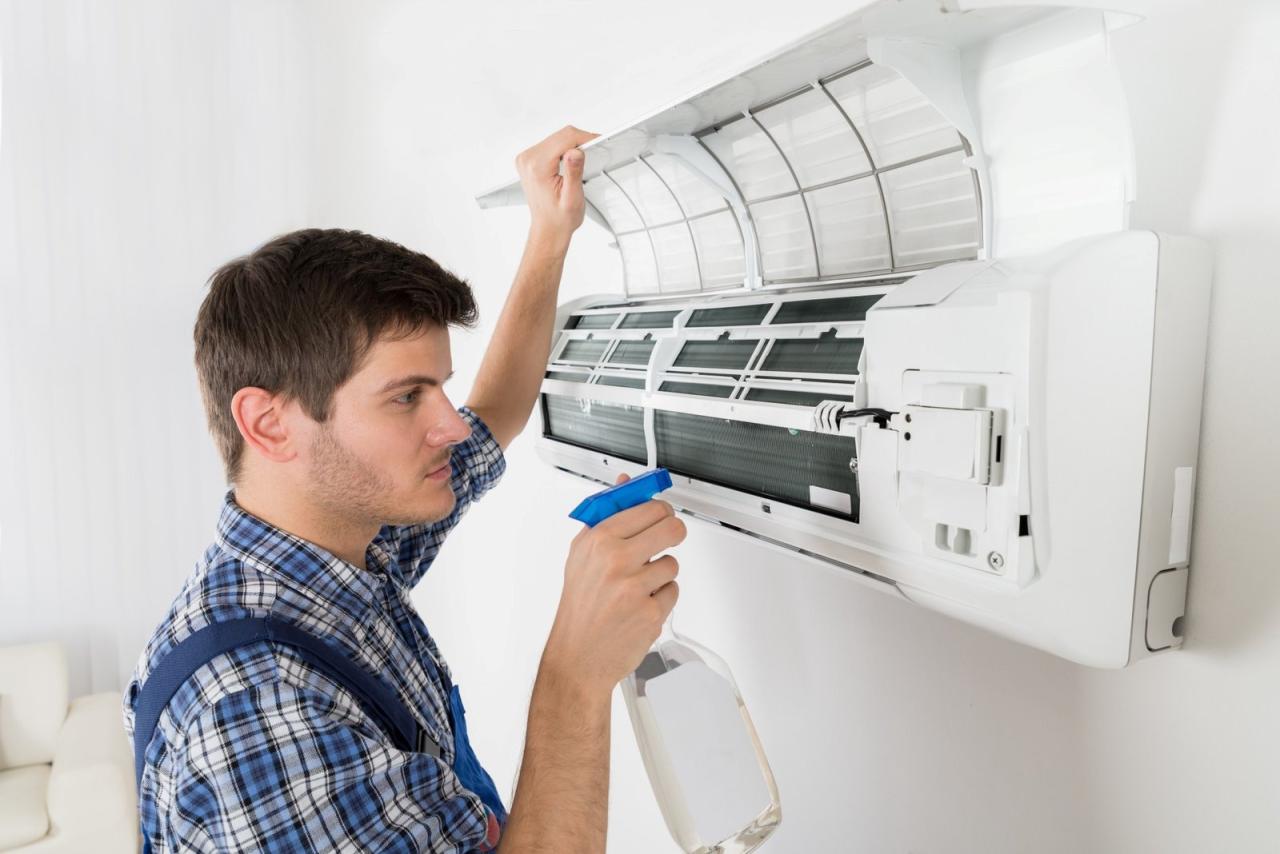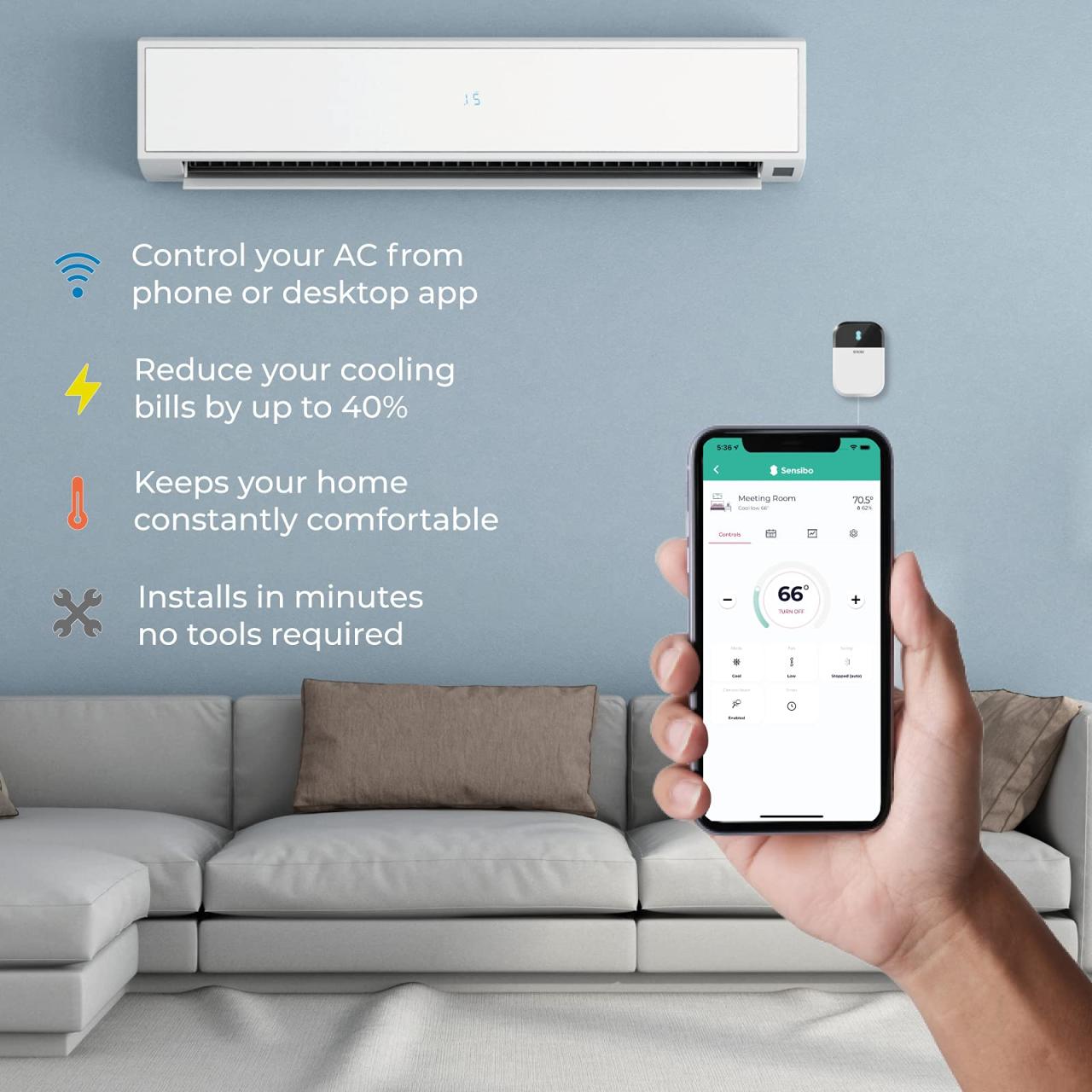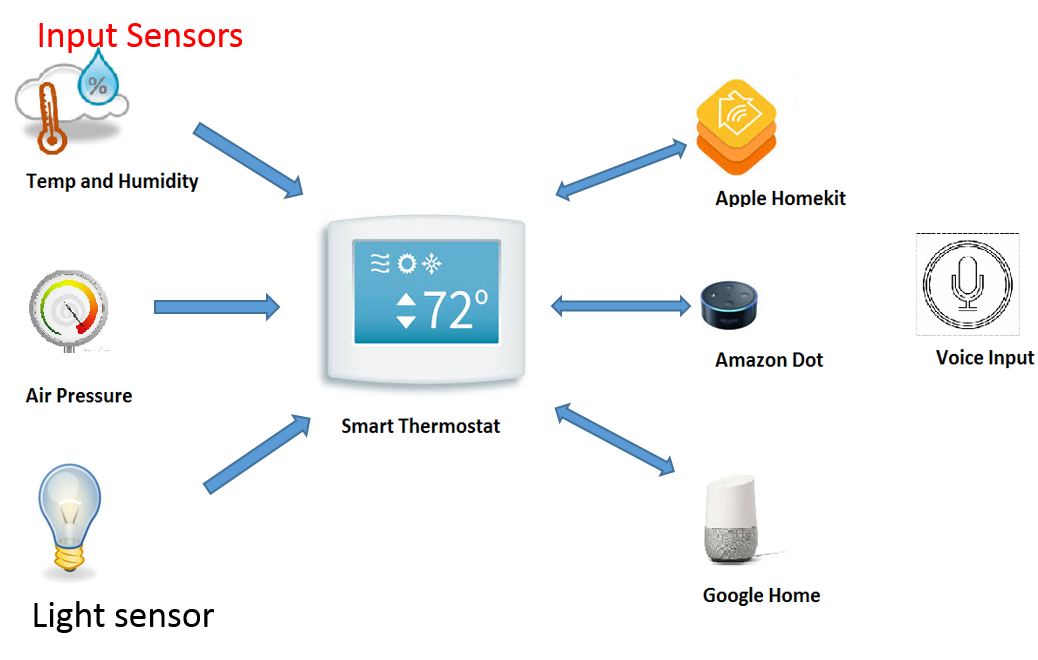Insurance-Approved Home Medical Equipment for Chronic Illness: A Comprehensive Guide
Exploring the realm of Insurance-Approved Home Medical Equipment for Chronic Illness, this introduction aims to captivate readers with a detailed yet engaging narrative that sheds light on the significance of insurance approval for vital medical devices.
In the subsequent paragraphs, we will delve into the various types of approved equipment, the process of obtaining insurance approval, and the challenges faced by patients in acquiring these essential devices.
Importance of Insurance-Approved Home Medical Equipment
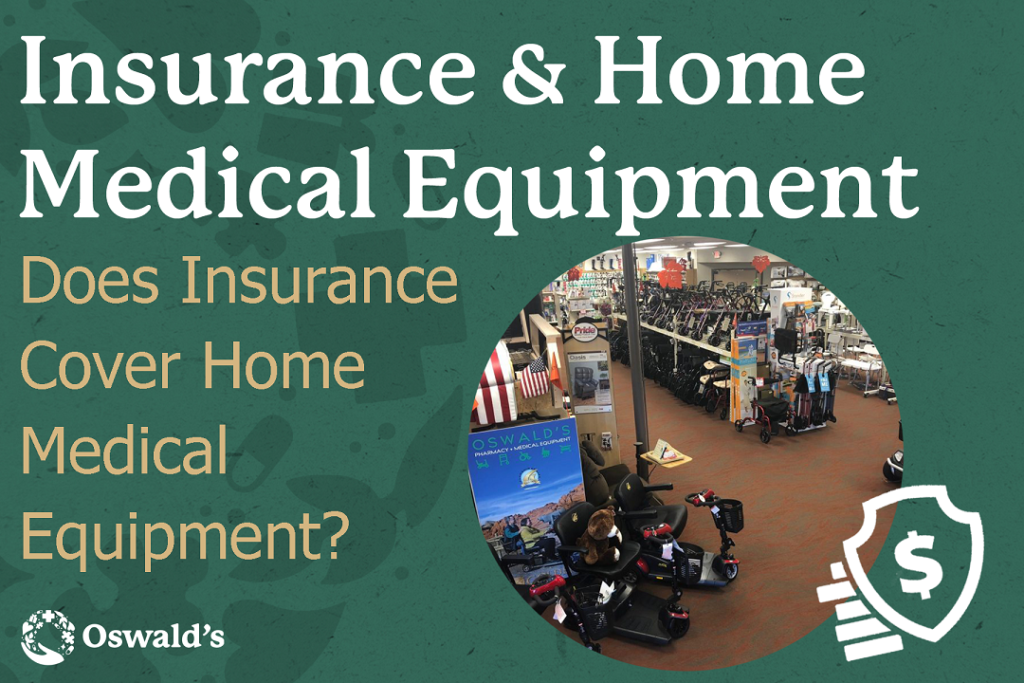
When it comes to managing chronic illnesses, having access to insurance-approved home medical equipment is crucial for ensuring proper care and support for patients. Insurance approval plays a significant role in providing financial assistance and coverage for necessary devices that can improve the quality of life for individuals dealing with long-term health conditions.
Impact of Insurance Coverage on Access to Necessary Devices
Insurance coverage greatly influences the accessibility of essential home medical equipment for individuals with chronic illnesses. Without insurance approval, patients may face challenges in obtaining vital devices due to high costs, which can hinder their ability to effectively manage their conditions and lead to potential health complications.
- Wheelchairs and Mobility Aids
- Oxygen Concentrators and Respiratory Equipment
- Blood Glucose Monitors and Insulin Pumps
- CPAP Machines for Sleep Apnea
Types of Insurance-Approved Home Medical Equipment
When it comes to insurance-approved home medical equipment, there are various categories that are typically covered. These categories have specific specifications and requirements that must be met in order for the equipment to be approved by insurance providers. It is also important to understand the difference in insurance coverage between durable medical equipment and disposable medical supplies.
Durable Medical Equipment
Durable medical equipment (DME) refers to equipment that is used for medical purposes, is able to withstand repeated use, and is appropriate for use in the home. Examples of DME include wheelchairs, hospital beds, walkers, and oxygen equipment. In order for DME to be approved by insurance, it must meet certain criteria such as being prescribed by a healthcare provider, being necessary for the treatment of a medical condition, and being used in the home.
Disposable Medical Supplies
Disposable medical supplies, on the other hand, are items that are used once and then discarded. These can include items like insulin syringes, catheters, and wound dressings. While some insurance plans may cover disposable medical supplies, the coverage is often more limited compared to durable medical equipment.
Insurance providers may require a prescription for these supplies and may have specific guidelines on the quantity and frequency of supplies covered.
Comparison of Coverage
When it comes to insurance coverage, durable medical equipment is typically more extensively covered compared to disposable medical supplies. DME is considered essential for ongoing care and treatment of chronic conditions, so insurance providers are more likely to approve coverage for these items.
Disposable medical supplies, while important for day-to-day management of certain conditions, may have stricter limitations on coverage due to their disposable nature.
Process of Obtaining Insurance Approval
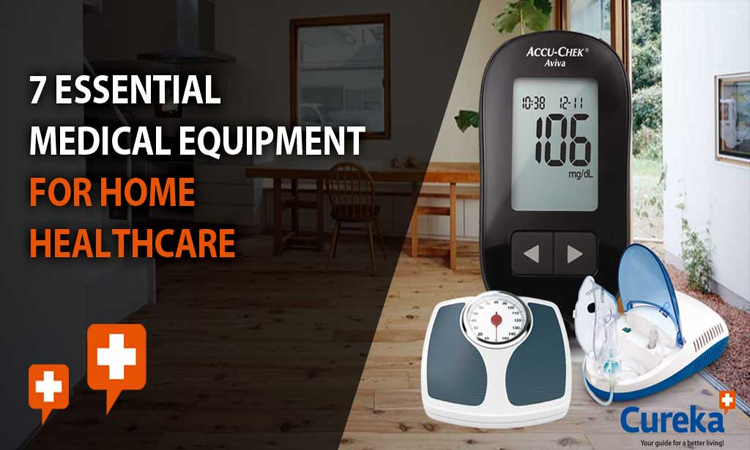
When it comes to obtaining insurance approval for home medical equipment, there are specific steps you need to follow to ensure a smooth process. Navigating the insurance approval process successfully can be daunting, but with the right information and documentation, you can increase your chances of getting the equipment you need covered.
Here is a breakdown of the process and some tips to help you along the way.
Steps for Obtaining Insurance Approval
- Consult with your healthcare provider: Your healthcare provider will assess your medical needs and recommend the necessary home medical equipment.
- Check your insurance coverage: Review your insurance policy to understand what type of home medical equipment is covered and the specific requirements for approval.
- Obtain a prescription: Your healthcare provider will need to provide a written prescription for the home medical equipment.
- Submit a claim: Work with your durable medical equipment supplier to submit a claim to your insurance company for approval.
- Provide necessary documentation: Be prepared to provide any additional documentation required by your insurance company to support your claim.
- Follow up: Stay in communication with your insurance company and healthcare provider to ensure the approval process moves forward smoothly.
Tips for Navigating the Insurance Approval Process
- Stay organized: Keep all paperwork, prescriptions, and communication related to the approval process in one place for easy reference.
- Be proactive: Follow up with your insurance company and healthcare provider regularly to expedite the approval process.
- Know your rights: Familiarize yourself with your insurance policy and your rights as a policyholder to advocate for the coverage you are entitled to.
- Seek assistance: If you encounter challenges during the approval process, don't hesitate to seek guidance from patient advocacy organizations or legal resources.
Documentation Needed to Support Insurance Claims
- Prescription: A written prescription from your healthcare provider detailing the medical necessity of the home medical equipment.
- Medical records: Any relevant medical records or test results that support the need for the equipment.
- Letter of medical necessity: A letter from your healthcare provider explaining why the home medical equipment is essential for your treatment and well-being.
- Supplier documentation: Documentation from the durable medical equipment supplier outlining the cost, specifications, and compliance with insurance requirements.
Challenges Faced by Patients in Acquiring Insurance-Approved Medical Equipment
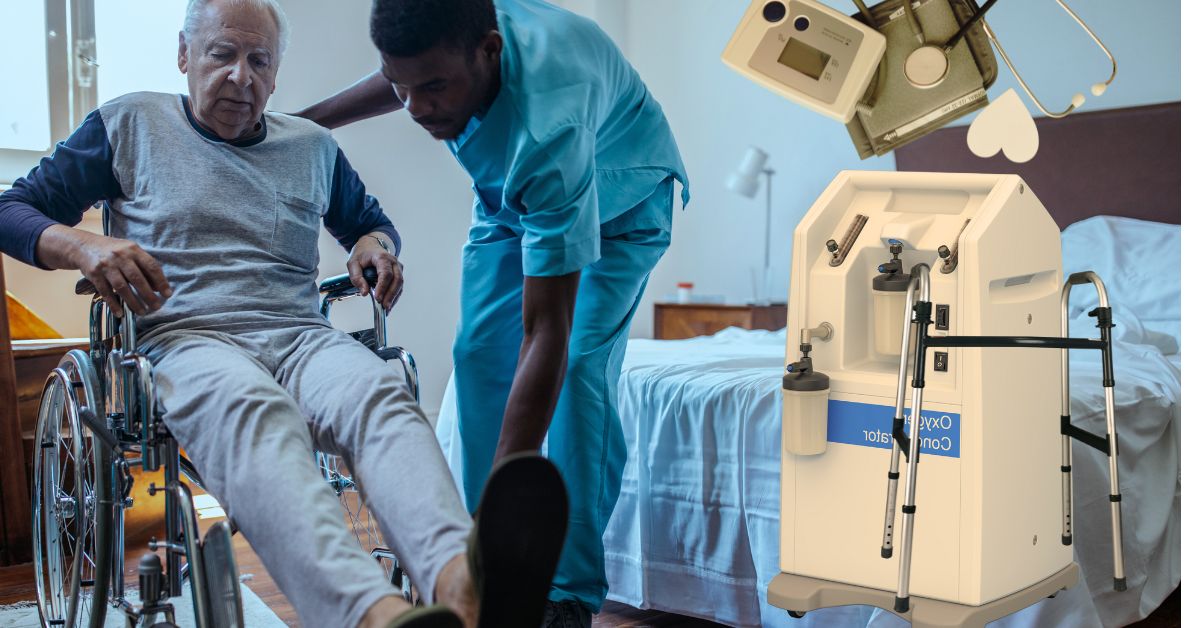
Patients often encounter various obstacles when trying to obtain insurance approval for necessary home medical equipment. These challenges can impact their access to vital devices and the overall management of their chronic illness.
Financial Implications of Insurance-Approved vs. Non-Approved Medical Equipment
Patients face significant financial implications when dealing with insurance-approved versus non-approved medical equipment. Insurance coverage for approved devices can help reduce out-of-pocket expenses, making them more affordable for patients. On the other hand, non-approved equipment may require patients to bear the full cost, leading to financial strain and potential barriers to accessing essential devices.
Strategies for Overcoming Barriers to Accessing Necessary Home Medical Devices
- Work closely with healthcare providers: Patients can collaborate with their healthcare providers to ensure that the necessary documentation and information are provided to insurance companies for approval.
- Appeal denials: If insurance initially denies coverage for medical equipment, patients can appeal the decision with additional supporting evidence from their healthcare team.
- Explore alternative funding sources: Patients can explore other funding options such as charitable organizations, financial assistance programs, or flexible payment plans offered by medical equipment suppliers.
- Stay informed about insurance policies: Patients need to stay informed about their insurance coverage, including any updates or changes that may affect the approval process for medical equipment.
Last Point
Concluding our discussion on Insurance-Approved Home Medical Equipment for Chronic Illness, this summary encapsulates the key points discussed, leaving readers with a deeper understanding of the topic and the importance of insurance coverage for necessary medical equipment.
User Queries
What are the benefits of insurance-approved home medical equipment?
Insurance approval ensures that patients have access to necessary devices without bearing the full financial burden.
What are the common types of insurance-approved home medical equipment for chronic illness?
Common examples include wheelchairs, oxygen concentrators, CPAP machines, and glucose monitors.
How can patients navigate the insurance approval process successfully?
Patients can navigate the process by understanding their insurance coverage, providing necessary documentation, and seeking assistance from healthcare providers.
